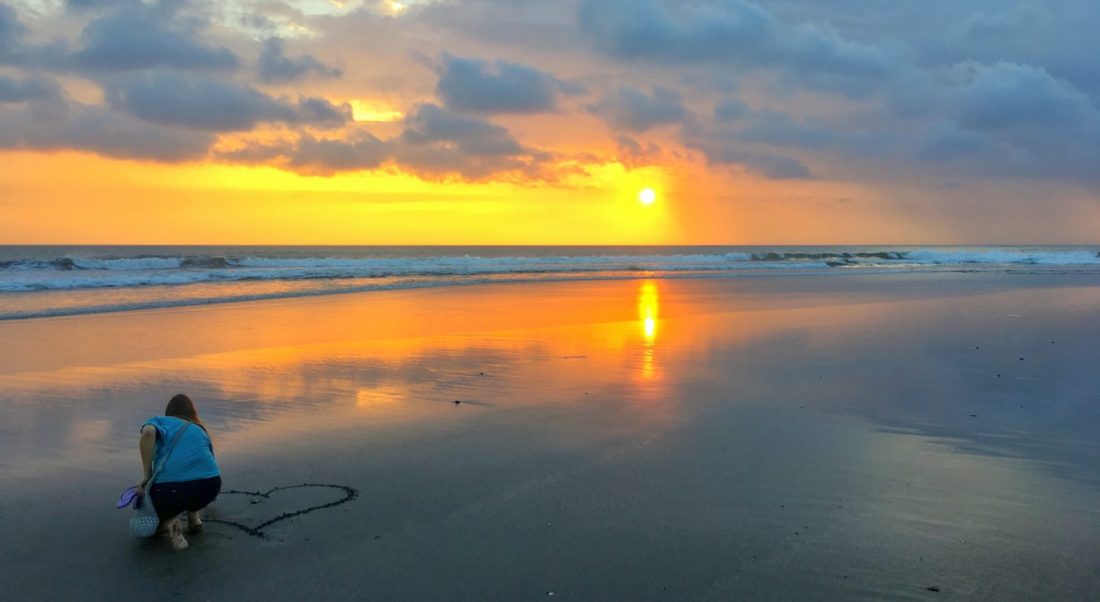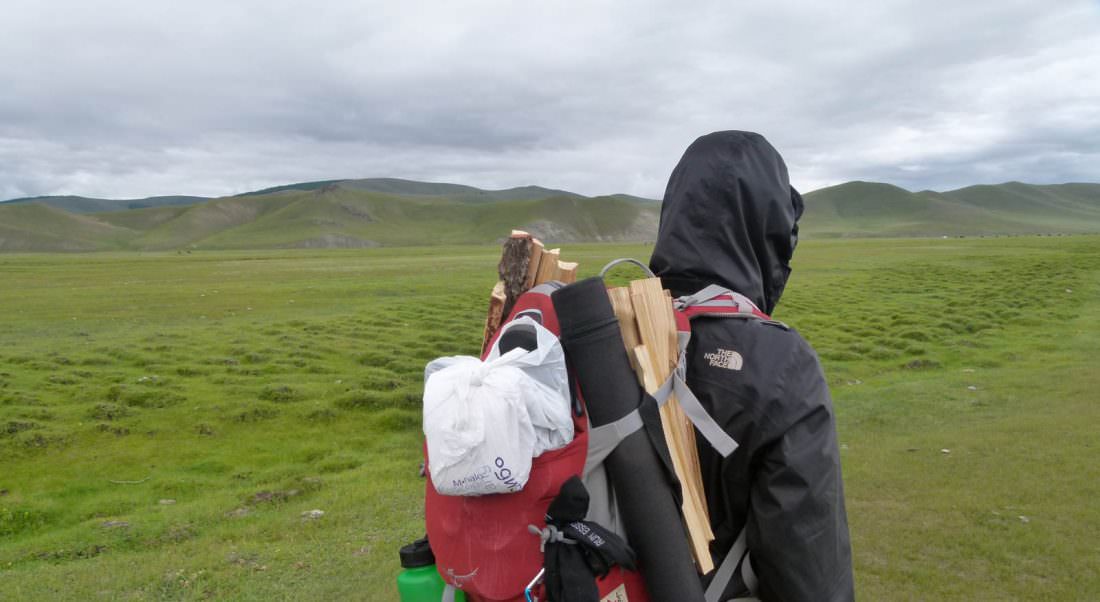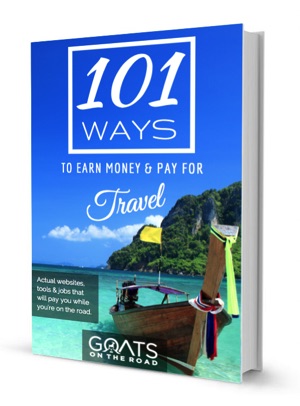Note: Our views on Tourist Pricing have completely changed since writing this article in 2013. It’s amazing how we grow and learn as we travel. While there are still good arguments on both sides, we now believe (strongly) that all people deserve to see the sights in their own country. It is unfair that tourists can afford to visit the Pyramids of Giza while (even with tourist pricing), many Egyptians will never see them.
Tourist pricing brings us together and allows us to better share the wonders of the world, no matter our level of wealth. It may seem annoying for travellers, but I would personally rather pay more and visit sites with the authenticity of being surrounded by locals, rather than locking out those whose ancestors built them, simply because they can’t pay enough.
I’m going to keep the rest of the article as it is because it’s how we felt at the time, but we are slightly ashamed to have had such a narrow view just a few short years ago. We will never agree with people stealing or ripping off tourists because they are foreign, vulnerable or unaware, but general, attraction-based tourist pricing should be accepted by those who have the fortune to experience things that require an entrance fee.
Read our updated thoughts here.
All travellers have probably encountered “Tourist Pricing” at one point or another during their travels. When we arrive at a famous site, we always look in our guide-book to see what the cost of the entrance should be.
We then look up from our book only to see a new price listed on the entrance board. Inevitably, the government or the site owner has decided to charge tourists 10-200 times more than locals for the ticket.
For example, in Sri Lanka, it costs 18¢ for locals to visit Sigiriya, the cost is $35 for tourists.

The argument is almost always the same: “tourists make more money than locals and can afford to pay more.” But does that make the concept legitimate? In this article, we will pick apart both sides of the story to see if tourist pricing is right, or wrong.
“Tourists Make More Money Than Locals”
In many cases this is correct, but it certainly isn’t an all-encompassing truth. If indeed all tourists did make more than all locals in the given country, then surely it would be fair for them to pay more… but this simply isn’t true.
All tourists enter the Pyramids Of Egypt and pay $10 alongside Egyptian oil tycoons and resort owners who pay only 50¢. If there was a T-4 (tax form) check at the entrance, then this argument could hold its ground. Given the absence of any financial checks, this argument is wrong as it’s no longer about wage, but about nationality, which simply boils down to discrimination.
“Locals Pay For The Upkeep Of The Sites With Taxes, So They Should Pay Less”
This is possibly the most valid of arguments in this article and one that is worth a look. Locals often do pay a government tax for the upkeep of their own sites, so perhaps they should pay less.
The problem with this argument is that, unfortunately, it is almost always locals who damage the sites and cause them to need repair.
Anyone who has travelled has noticed graffiti on even the most stunning of historical sites. It doesn’t take long to realize that ALL of the graffiti is in the local language, and if it is in English it is either broken English or it says something like: “Mohammad was here”, which clearly incriminates the local violator.
From our experience, tourists don’t generally deface or damage sites, the local people do.
“Tourism Is Big Business For The Local Economy And The Government Should Maximize Profits For The People”
This is absolutely true, tourism is BIG business for many developing nations. Tourists come from thousands of miles away to spend their hard-earned money on a nice vacation.
The government, shop owners, hotels, transportation services and restaurants already benefit a huge amount from an influx of tourism.
But the fact of the matter is that 4 out of the 5 pre-mentioned services are the exact same price for locals and tourists. So why does the government get to charge 10 times more for travellers to visit sites? And how much of that actually makes it down to the people? This argument too is flawed.
“If Tourists Have Enough Money To Come To ________, Then They Have Enough To Pay For ________.”
Most of the time, this is probably a true statement, and it’s sad that many local people haven’t seen major sites in their own country because of the cost.
The truth is that we have never seen Niagara Falls, but if we went there we know that we, as Canadians, would pay the same as the foreign because that is what’s fair.
The only difference in price would be a senior citizen, student and children’s discount. Imagine if we decided to charge Saudi Arabians more because the travelling Saudis tend to be very wealthy. That would be an outrage.
The bottom line is that there should be no tourist pricing.
Even if it’s just a few cents more, there’s just no need for it. Nations and their governments should feel honored that foreigners want to travel thousands of miles to see their beautiful country and gaze at their outstanding sites.
This should be celebrated, not taken advantage of. There is no way to justify charging people more, or treating people differently based solely on their nationality. Period.
What Do You Think?
Should tourists pay more than locals? Have you ever experienced tourist pricing? How did it make you feel?
Please share your opinion below.








